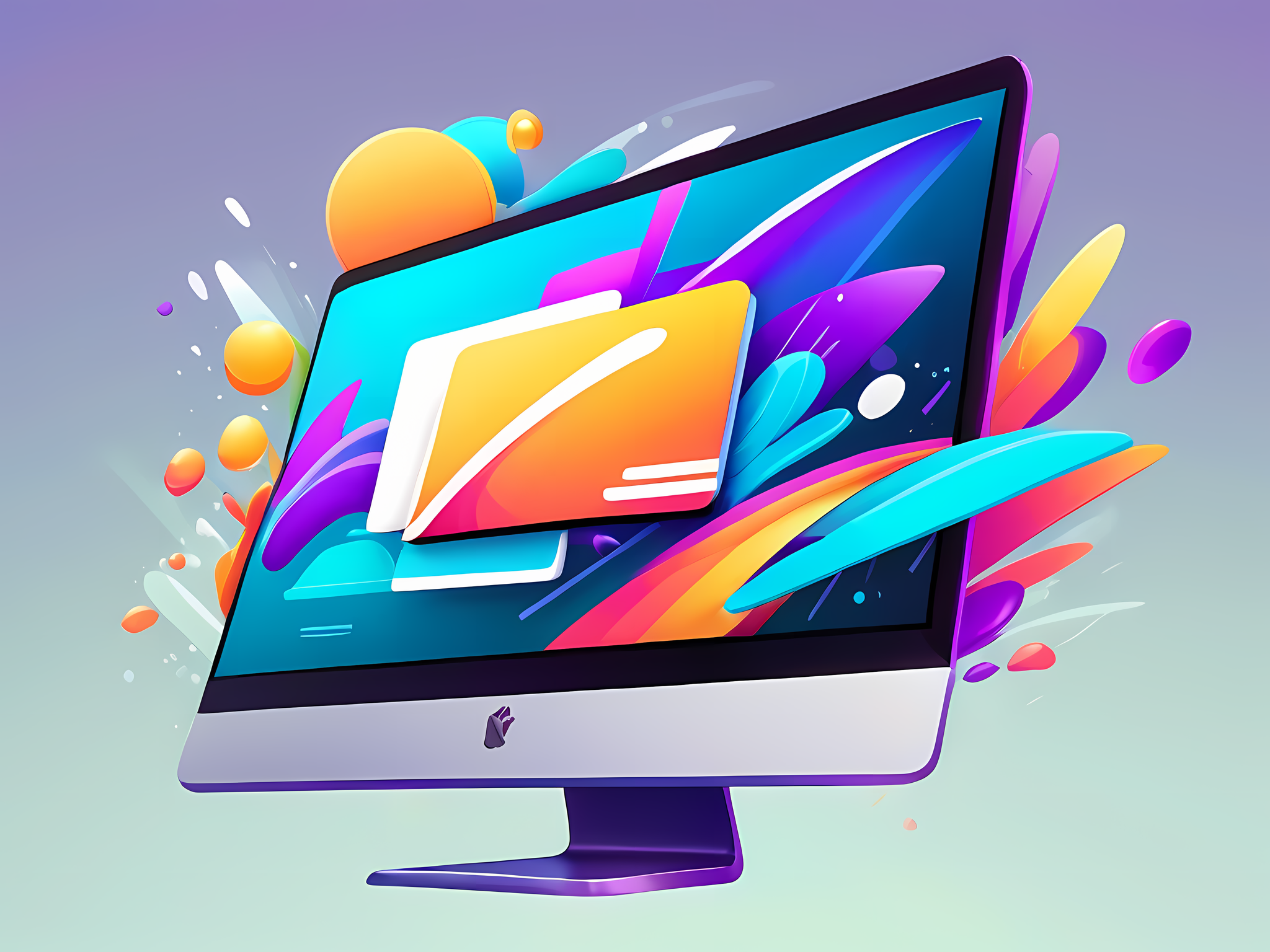Responsive design is a big deal now.
With so many people browsing on mobile, a website that looks clunky on a phone just won’t cut it.
So how do you make sure your site looks great on any device? That’s where responsive design comes in.
Let’s get into how to make this work.
What is Responsive Design?
Responsive design is a simple idea: make your website adapt to the screen size and device people are using.
It’s the reason a site might look one way on your laptop but reconfigure itself nicely when you check it on your phone.
And it’s not just resizing images or shrinking text. A good responsive site rearranges content to fit the screen — one column on mobile, maybe two on tablets, and more on desktops.
Ethan Marcotte first defined it, and his idea still guides us: design should “respond” to the user’s device.
Why You Need Responsive Design
With over 90% of users now browsing the web on mobile, you can’t afford a site that only looks good on a desktop.
Here’s why responsive design matters:
- Better User Experience: A site that’s easy to read and use on any device keeps people engaged.
- Improves SEO: Google favours mobile-friendly sites, so responsive design boosts your rankings.
- Saves Time and Money: One responsive site is easier and cheaper to maintain than separate sites for desktop and mobile.
Key Elements of Responsive Design
Here are the main pieces of responsive design that help your site look good everywhere.
1. Fluid Grids
Instead of fixed layouts, we use fluid grids — these are layouts built with percentages, not pixels.
So instead of an image being exactly 600px wide, it’s maybe 50% of the screen width.
This way, no matter the device size, your layout looks balanced.
2. Flexible Images and Media
Large images can mess up a mobile layout fast.
By making images “flexible” (using CSS settings like max-width: 100%), they resize automatically to fit smaller screens without getting cut off.
This keeps your images sharp and in line with the content.
3. Media Queries
Media queries let you apply different styles depending on the screen’s size or orientation (landscape or portrait).
It’s like saying, “Hey, if the screen is 600px or smaller, make the font bigger, stack these items vertically, and hide the side menu.”
Here’s a basic media query:
@media (max-width: 600px) {
/* styles for screens 600px wide or less */
body {
font-size: 16px;
}
}
This is a lifesaver for creating layouts that work on any screen size.
4. Mobile-First Design
With so many mobile users, a “mobile-first” approach is key.
This means designing for mobile screens first, then scaling up for bigger screens.
Instead of cramming everything from a desktop view onto a phone, you build from small to large.
Your site stays fast and functional on mobile, and any extras get added in for tablets and desktops.
FAQs on Responsive Design
Q: What’s the difference between responsive and adaptive design?
Adaptive design uses preset layouts based on device type, like mobile or tablet. Responsive design, on the other hand, is flexible and adjusts dynamically across a wide range of devices.
Q: Do I still need a mobile version of my site if it’s responsive?
Nope. A responsive site adapts to all screen sizes, so you don’t need a separate mobile version. It’s an all-in-one solution.
Q: Does responsive design slow down my site?
Not if you do it right. Using optimized images and CSS media queries can help your site load quickly, even on mobile.
Q: How can I test if my site is responsive?
Resize your browser window and watch how the layout changes. You can also use Google’s Mobile-Friendly Test for a quick answer on responsiveness.
Real-Life Examples of Responsive Design
Responsive design isn’t just theory; it’s what makes sites successful.
- Zillow saw a 35% jump in mobile traffic after adopting responsive design. The site restructured its layout for mobile-first, making it easy to search and browse listings on any device.
- Marriott boosted mobile bookings by 60% by switching to a responsive layout. The site is optimised for hotel browsing and booking on mobile — no clutter, just the essentials.
- Skinny Ties increased mobile conversions by 377% after a responsive overhaul. By focusing on mobile-first design and removing unnecessary clutter, they made it easy for mobile users to browse and buy.
Tips for Responsive Design Success
To wrap up, here are some quick tips:
- Prioritise Content: Start by figuring out what’s most important on mobile and only add extra elements for larger screens.
- Design for Touchscreens: Ensure buttons are large enough for fingers, not just a mouse.
- Optimise Images: Use compressed, flexible images that look good on all devices.
- Test Regularly: Test your site on different devices and screen sizes to catch any layout issues.
Final Takeaway on Responsive Design Basics
Responsive design is a must-have.
It’s not just about looking good; it’s about keeping users engaged, boosting SEO, and saving yourself the hassle of managing multiple sites.
Start with a mobile-first approach, use fluid grids, and leverage media queries to create a site that’s ready for any screen.


